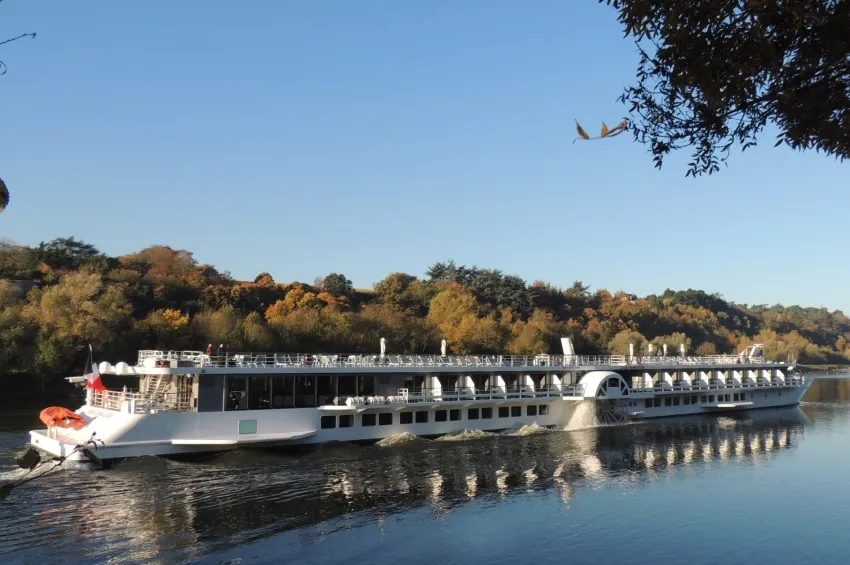- Home
Leonardo Da Vinci, the multi-talented genius
Leonardo Da Vinci, the multi-talented genius
“Here Leonardo, you will be free to dream, think and work.”
Autumn 1516, Amboise in the French region of Touraine. Francis I of France welcomes Leonardo Da Vinci, whom he had met a year earlier in Bologna, Italy. The young French king is fascinated by the genius of his guest from the other side of the Alps, then aged 64, whom he is hosting at the Château de Cloux, now known as the Château du Clos Lucé.
The Renaissance Artist sets up a paint studio, a library and an office, which can still be visited today. He did not come empty-handed: his belongings include the Mona Lisa, Saint John the Baptist, and The Virgin and Child with Saint Anne, three of his major works of art, not forgetting his numerous notebooks, manuscripts and handwritten notes.
The painter demonstrated his thirst for knowledge in early childhood, in Tuscany, where he was born on 15 April 1452. Raised by his grandfather and uncle, who fostered his interest in the countryside, he was took a passionate interest in the natural environment, observing birds and insects and studying plants and flowers, in order to improve his drawing techniques.
His curiosity would always stay with him. Passionate about art, including painting, music, sculpture and architecture, his thirst for knowledge and limitless imagination encouraged this brilliant master-of-all-trades to take a natural interest in other fields. This was exactly why Francis I of France admired the Italian master so much and awarded him the title of “the King’s First Painter, Engineer and Architect”.
Da Vinci, who lived mostly in Florence and Milan before settling down in France until his death in Amboise on 2 May 1519, was the genius behind numerous military, civil, water and airborne inventions. How many people realise, for example, that he created a fighting vehicle, a telescope, a flying machine and a diving suit - inventions eventually built centuries after his death?
The tireless inventor also had an interest in mills and the waterways feeding them. This led to a natural fascination for hydropower and its mechanical applications, such as the paddle wheel, which he created to propel boats using the power of water.

CroisiEurope was inspired by this principle for three of its ships. The French cruise company offers cruises on board the Loire Princesse from Nantes, following in the footsteps of Leonardo da Vinci with the Château du Clos Lucé and the Château de Chambord: although their construction started a few months after his death, his plans are said to have been an inspiration. The Elbe Princesse I and the Elbe Princesse II sail from Berlin, Dresden or Prague, to discover cities boasting a prestigious past in Central Europe, between Germany and the Czech Republic.
The cruise line’s fleet includes the Léonard de Vinci, sailing the Rhine, its tributaries and castles, and the Mona Lisa, sailing the lesser known and less accessible rivers, such as the Dutch canals or the German northern isles.
What better way to celebrate the 500th anniversary of the death of the Italian genius than to enjoy a Leonardo Da Vinci cruise, diving into the history of this artist and scholar who also left his footprint on France? The Mona Lisa, who has become one of the symbols of the Louvre museum in Paris, can only agree.
Discover the MS Léonard de Vinci
Discover our Loire River Cruises
Michaële Cernela
